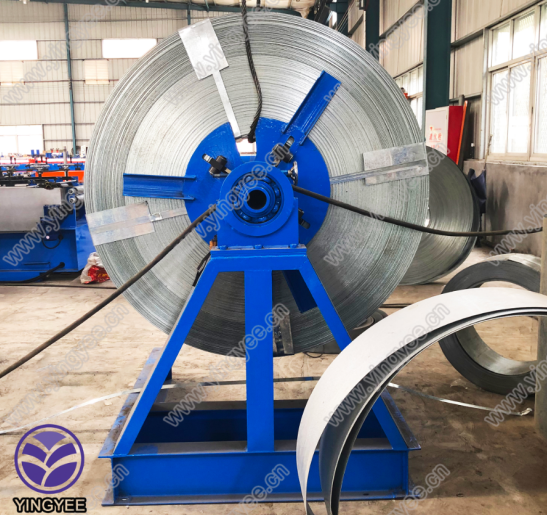
The Evolution and Importance of the Stainless Steel Fender Cold Bending Machine
In the world of metal fabrication, efficiency, precision, and durability are paramount. One of the most vital tools in the production of stainless steel components is the cold bending machine, specifically designed for creating fenders. These machines play a crucial role in several industries, including automotive, marine, and construction, by providing robust and aesthetically pleasing parts that meet stringent specifications and quality standards.
What is a Stainless Steel Fender Cold Bending Machine?
A stainless steel fender cold bending machine is a specialized piece of equipment used to bend and shape stainless steel sheets or plates into the desired fender profiles. Unlike traditional methods that often rely on heat to alter the material's shape, cold bending machines utilize mechanical force to achieve bends at room temperature. This method preserves the structural integrity of the stainless steel, offering enhanced mechanical properties and resistance to deformation.
The Benefits of Cold Bending
The cold bending process offers numerous advantages over hot bending. One of the most significant benefits is the reduction of material waste. Since cold bending requires less force and does not involve heating, it minimizes the risk of warping or compromising the material’s strength. Additionally, the finished product has a smoother surface finish, which enhances its aesthetic appeal and reduces the need for additional finishing processes.
Moreover, cold bending maintains the corrosion-resistant properties of stainless steel, making the final product ideal for environments exposed to moisture and other corrosive elements. This characteristic is particularly critical in marine applications, where fenders serve not only as protective barriers but also as components that withstand harsh weather conditions.
Applications in Various Industries

Stainless steel fender cold bending machines are indispensable in multiple industries. In the marine sector, these machines produce fenders used on docks, boats, and ships, which protect vessels from collisions and other damages during docking and mooring. The durability and strength of stainless steel ensure that these fenders can withstand significant impacts without failing.
In the automotive industry, cold bending machines contribute to the production of fender components for vehicles. These parts are essential for both functional and aesthetic purposes, as they help with aerodynamic performance while also enhancing the vehicle's overall design. The flexibility of stainless steel, combined with the precision of cold bending, allows manufacturers to create complex shapes that can be tailored to specific model requirements.
Construction also benefits from the utilization of stainless steel fender cold bending machines. Fenders and structural elements designed for building exteriors require not only strength but also a continuous appearance. Cold bending helps achieve these requirements while ensuring that the materials are lightweight, making them easier to handle and install.
The Machinery Features and Technology
Modern stainless steel fender cold bending machines are equipped with advanced technology to enhance their efficiency and ease of use. Many systems include computer numerical control (CNC) capabilities, which allow for precise programming of bending angles and dimensions. This level of automation minimizes human error and increases production rates, allowing manufacturers to meet tight deadlines with consistent quality.
Additional features like adjustable clamping mechanisms, integrated safety systems, and user-friendly interfaces make these machines suitable for both small workshops and large manufacturing plants. The versatility of cold bending machines enables them to accommodate various thicknesses and types of stainless steel, making them invaluable across different sectors.
Conclusion
The stainless steel fender cold bending machine represents a critical innovation in metal fabrication technology. By providing an efficient and reliable way to produce high-quality fender components, these machines have transformed the manufacturing processes across various industries. As the demand for durable and aesthetically pleasing products continues to grow, the importance of stainless steel fender cold bending machines will undoubtedly increase, driving advancements that further enhance their capabilities. Investing in this technology not only elevates manufacturing standards but also contributes to the overall sustainability of the production processes by minimizing waste and maximizing material efficiency. In an ever-evolving industrial landscape, these machines stand as a testament to the importance of innovation and precision in engineering.